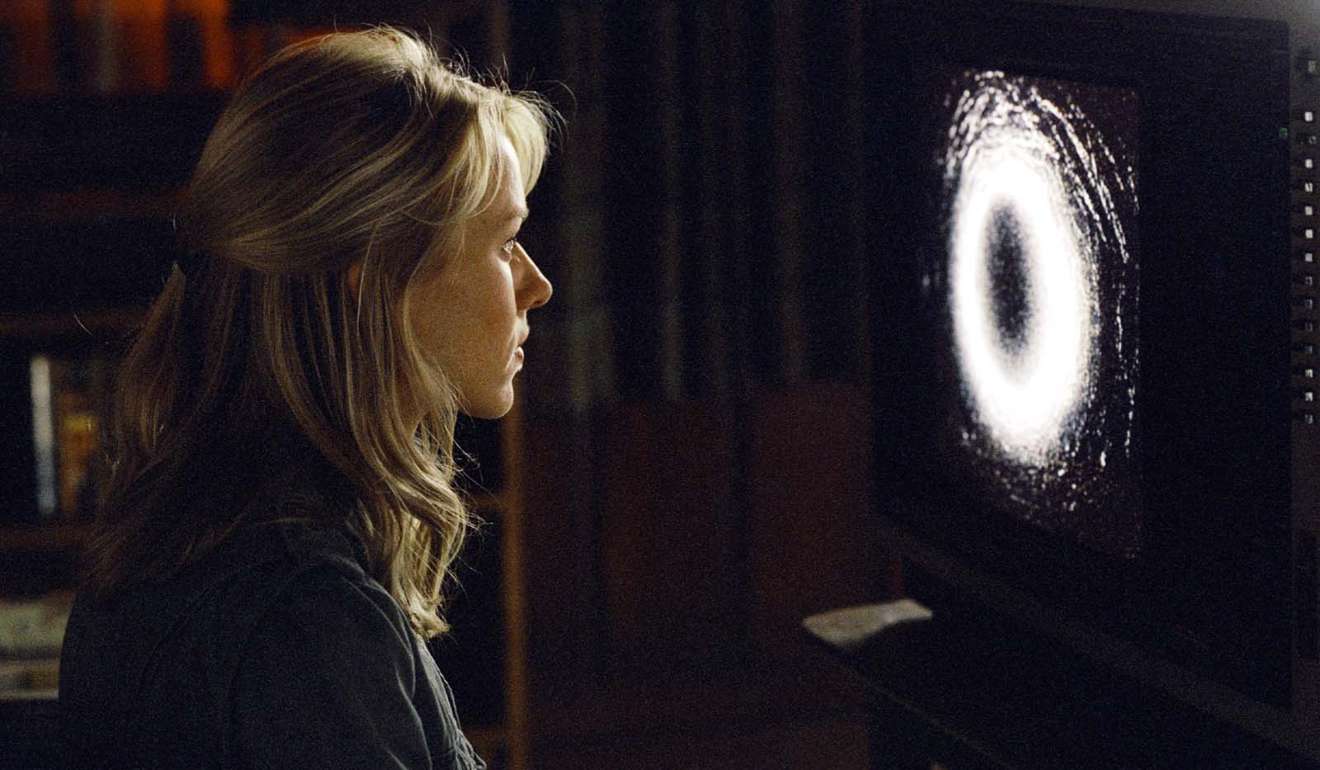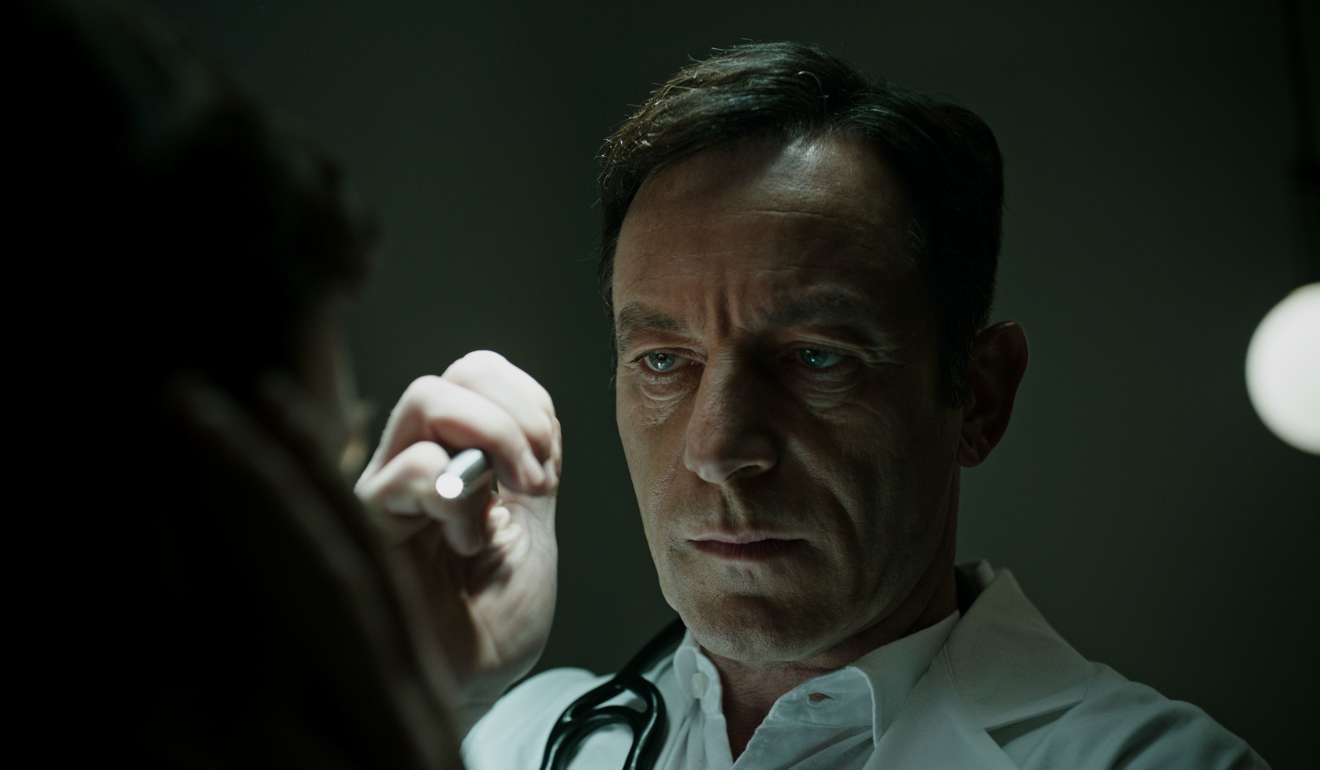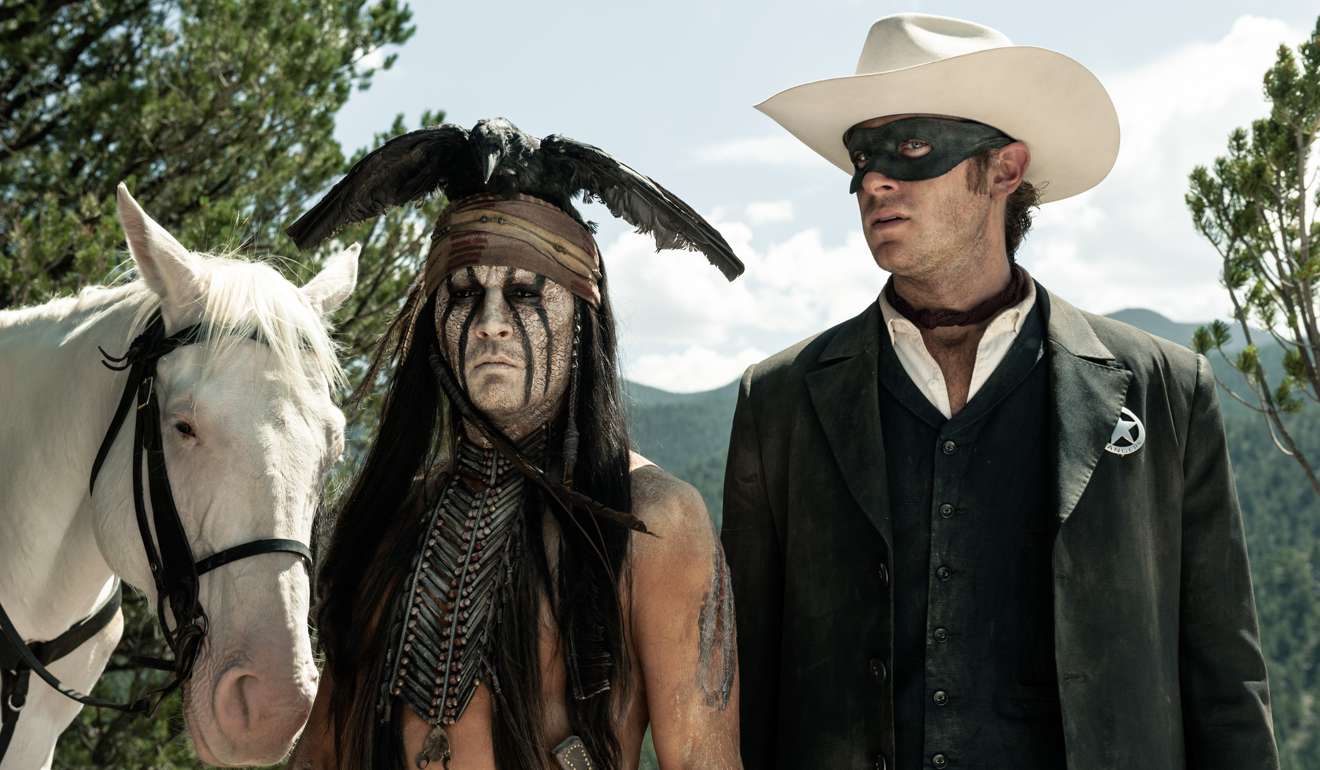
A Cure for Wellness shows Gore Verbinski was born to be a horror director
Oscar-winning director returns to the genre that made his career, with a new movie that turns a critical eye on our restless and unfulfilling pursuit of perfection
A conversation starter for bored dinner party guests, “nominative determinism” is the theory that someone’s name destined them for whatever they ended up doing with their lives.
Think Bulgarian hurdler Vania Stambolova, BBC weather forecaster Sara Blizzard, singer Bill Medley or lavatory impresario Thomas Crapper.
So there was a certain inevitability in Oscar-winning American filmmaker Gore Verbinski becoming a horror director – although the big mystery is why he seemed to give it up when he’d only just got started.
The 52-year-old made his name in 2002 with The Ring, a remake of Japanese classic Ringu, scaring the wits out of a generation of fans with his spooky tale of a cursed videotape that kills anyone who sees it.
It became one of the highest-grossing supernatural horror movies of all time, recouping more than five times its US$48 million budget and spawning a subgenre of American remakes of “J-Horror” classics such as The Grudge and Dark Water.

Yet Verbinski stepped quietly away, letting other directors take over two poorly received sequels and turning with varying degrees of success to straight drama, a Western, an animated film and three Pirates of the Caribbean instalments.
A Cure for Wellness sees the director reaffirm his horror chops with an elusive genre-bender that might best be described as a cross between Martin Scorsese’s Shutter Island and Milos Forman’s One Flew Over the Cuckoo’s Nest.

“I’m always developing four or five things. They all go on the back burner and I go ‘I have to tell this story now.’ There’s no kind of career path,” he says, attempting to explain the 15-year hiatus between horror films.
Shot over seven months mostly in Germany, Wellness stars Dane DeHaan (The Amazing Spider-Man 2) as an ambitious stockbroker sent by his firm to a remote Alpine medical spa where the patients are supposedly receiving a “miracle” cure but seem to be getting sicker.
Verbinski transformed the derelict Beelitz-Heilstätten military hospital outside Berlin into a sterile yet Gothic spa in which you might find oligarchs and captains of industry receiving quack cures.

He wanted it to be the kind of place where “you would, maybe deep in the steam room, bump into Dick Cheney with a towel wrapped around him”, the director says.
Wellness, which opens this week, can be read as a metaphor for humanity’s unrelenting and ultimately unfulfilling quest for perfection – a bulging bank account, a perfect family and job, well-being, health and happiness.
“I think we live in an increasingly irrational world. We know history. We’re driving a car into the wall and we can’t turn the wheel and that’s the horror, the nightmare,” Verbinski says.
It’s not clear what the wall represents, or why we can’t just slow the car down, but it is an image Verbinski has invoked on previous occasions to explain his sense that society is both in denial about being sick and susceptible to snake-oil cures.

“Why are we vulnerable to the pharmaceutical industry? Why are we vulnerable to the seaweed wrap and the kale milkshake or whatever it is? There must be something inside us where we know we’re not well,” he says.
With his films achieving a collective global box office of US$3.7 billion, Verbinski just about squeezes into the top 10 highest-grossing directors of all time.
A Cure For Wellness is his tenth feature – only his fifth without long-time collaborator Johnny Depp – in a resumé so eclectic that it defies analysis.

A punk guitarist as a teenager growing up in LA, Verbinski appeared in several rock bands and made music videos before making an inauspicious start in filmmaking with unloved comedies Mouse Hunt and The Mexican.

Computer-animated Rango , a critical and commercial hit, won Verbinski an Oscar, his best ever reviews and an opportunity to blot his copybook again with high-concept Western The Lone Ranger .
Starring Depp in a role that made his Pirates of the Caribbean performances look positively restrained, the lavish, overlong US$225 million production was an infamous flop that frustrated fans who could see Verbinski’s obvious talent.
It is a body of work that raises more questions than answers about the enigmatic filmmaker’s world view, although he reveals an optimistic spirit apparently at odds with the dread that suffocates Wellness.
“I think there’s something about the youth today that is maybe questioning the treadmill a little bit,” he says, suddenly appearing quite chipper.
“I have faith that maybe they realise there’s no more headroom in this algorithm we have created.”
A Cure for Wellness opens in Hong Kong on February 16

.png?itok=arIb17P0)